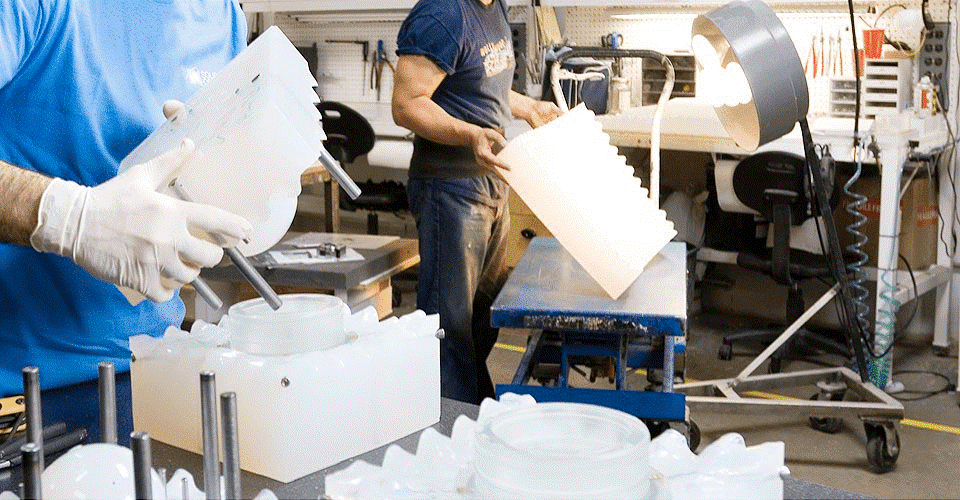What is the most cost-effective technique to create a prototype, if you're wondering? Vacuum casting is something you should try then. In order to cure the materials properly for vacuum casting China, you must maintain the ideal temperatures.

In order to reduce contraction in resin, you need 60 degrees Celsius of mold temperature and a pressure time of 5 minutes in a vacuum.
The process of vacuum casting is identical to silicon mold replication. In the 1960s, colleges in Germany discovered plastic vacuum casting with silicon molds.
This method of casting elastomers employs a vacuum to suck any liquid substance through the mold. Whenever gas retention inside the mold is a concern, vacuum casting is employed. The procedure can also be utilized when the mold has complicated patterns and features. Additionally, it is applicable if the mold was made from hardened wire or fiber.
The production procedure includes quick prototyping when the sheets of plastics are heated, which is why the procedure is occasionally referred to as thermoforming. Automated vacuum casting equipment preheats the ingredients to a soft, flexible state.
The procedure utilized to create the final product through vacuum casting is as follows:
Start with a master model of high-quality
A top-notch master model is necessary for the vacuum casting process. It's possible for the industrial element itself to serve as the superior master model. In the case of the prototype applications, you can also employ a stereolithography-made model.
Always check that the master model being utilized has the proper proportions and appearance. In doing so, it will be ensured that no errors will be carried over into the final model prototype.
Cure Method
A two-part silicone rubber mold is then used to enclose the master model. To make sure the two pieces adhere to one another, the mold is heated during curing. The mold is strengthened and made more resistant using this.
Following the mold's curing process, it is sliced open to expose a hollow hole in the center that precisely matches the master model's size. The mold is divided in half, then put inside the vacuum chamber. The appropriate material is eventually added to the mold to create the final product.
Resin Filling
Put the specified material in the mold's cavity. The qualities of an industrial substance are imitated by the resin. To obtain aesthetic or particular practical features, the resin material is typically blended with metallic powder or other coloring pigments.
The mold is put inside the vacuum chamber after being filled with composite resin. To make sure that the mold doesn't contain any air bubbles, it has to be placed in the vacuum chamber. This is done to prevent harm to or destruction of the finished product.
These are the major steps followed in the vacuum casting procedure. Hire UIDEA Rapid Prototyping for an effective and efficient manufacturing process.
















